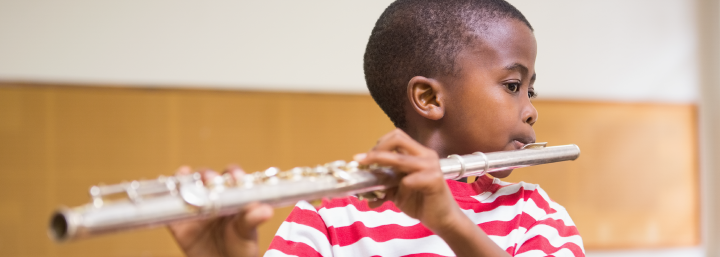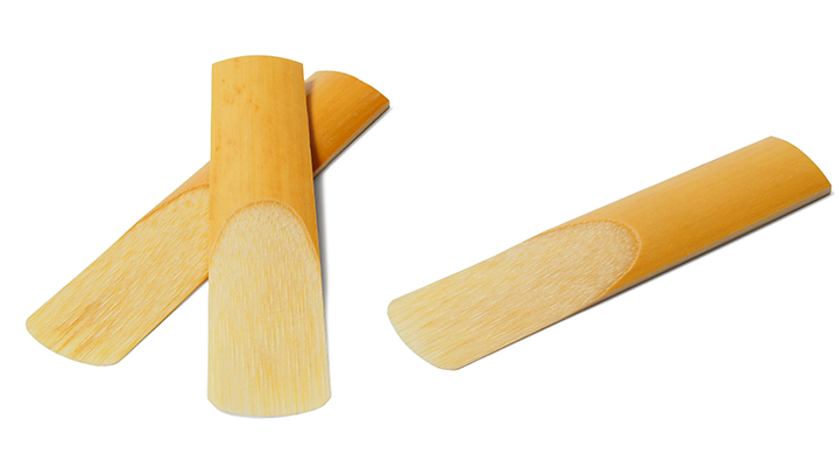
Ah, the sound of young hands making their first attempt at music– it’s something a parent would never forget. Drums? Horns? Orchestra? Band? Does one of these primary-school electives help your child more than another? How do you choose? In tandem with considering your child’s wishes, get informed about the potential risks of playing an instrument. We know, how harmful can a musical instrument be? Well, studies indicate that musical instruments that carry germs can be harmful to both the player and their bandmates if they’re not properly cared for.
While you and your child work together to find their true musical calling, keep these statistics in the back of your mind. Some musical instruments that carry germs have much less of a risk for contamination than others.

Musical Instruments and Germs | What We Know
Stories of woodwind instruments carrying dangerous germs go way back in time. Today, researchers believe further investigation into this subject is needed. Here are a a few instances that show how, when not properly taken care for, band instruments can be a nasty carrier of disease:
- In 1957, an article in the British Medical Journal reported the “rapid spread of tuberculosis within the ranks of a military band” was caused by the infected Wind Ensemble blowing tuberculosis pathogens onto their bandmates.
- In 2001, a researcher took interest in a 15-year-old Norwegian baritone player who struggled with recurrent pneumonia. When the musician traveled to the US and didn’t play her horn, her condition improved. Upon returning home and picking up her baritone again, the pneumonia returned.
- In 2015, The Cavaliers Drum & Bugle Corps canceled their performance at a championship game due to a “rapidly progressing, self-limited viral illness amongst the membership.”
Bands often work and travel in close quarters, which is noted as a contributing factor to the spread of germs through band instruments.
Woodwinds and Germs
A band is usually divided into two categories: the brass section and the woodwinds section. The use of a reed determines if an instrument is a woodwind or a brass instrument. All woodwind instruments (except the flute) use a “reed.”
The brass section, which includes instruments like the trumpet, horn, and tuba, don’t need a reed mouthpiece. Their sound comes from lip vibrations on the instrument, rather than on the reed.

All woodwind instruments (except the flute) use a natural or synthetic piece of cane plant that receives a vibration from the player’s mouth and transmits a sound wave through the instrument. This piece of cane is called the reed.
Brass Instruments and Germs
Instruments that don’t have a reed are called brass instruments. Brass instruments like tubas and horns use the player’s mouth to conduct vibrations instead of a reed. When the bacteria in brass instruments were studied, mainly “non-pathogenic,” or harmless bacteria, was discovered in the pipes of the instruments.
However, a few worrying strains were identified:
- 3% of the brass instruments tested had alpha streptococcus. Many strains of this bacteria are found naturally in humans and cause no symptoms. Rarely, it can lead to ear and sinus infections.
- 6% of the brass instruments tested had Bacillus, which can cause the stomach flu. This is also the organism that causes anthrax.
- 3% of the brass instruments tested had Staphylococcus aureus. This bacterium is most well-known for causing staph infections, as well as food poisoning and pneumonia.
- 6% of the brass instruments tested had Streptococcus viridans. This can lead to respiratory tract infection, abdominal infection, and meningitis.
3-6% isn’t a very worrisome probability. But, when looking at the data around the bacteria in woodwind instruments, you may raise an eyebrow.
When the bacteria in woodwind instruments was studied, researchers found:
- 54% of the woodwind instruments tested had Bacillus bacteria.
- 13% of the woodwind instruments tested had Coccus growth, like Streptococcus and Staphylococcus bacteria.
A striking increase in bacteria was found seen in wind instruments that use reeds versus brass instruments. The presence of these bacteria wouldn’t harm the average, healthy kid.
Researchers point out that these bacteria can become harmful in certain circumstances, as with an individual with chronic illness or an impaired immune system.

Cleaning and Care
If your child enjoys playing a woodwind instrument, it’s very important that they learn how to properly clean and store it. One study noted that the “failure to systematically dry the instrument after playing, and the use of water that was not changed regularly to humidify the reed” caused fungal growth in the instruments. Learn to properly disinfect a band instrument and avoid collecting harmful bacteria.
Communicate to your child about the risks posed when they skip a cleaning. A clear understanding of the relationship between cleaning and bacteria can help motivate them when you can’t be there to remind them.
Cleaning Steps for Reeds:
- If your child moistens their reed with their saliva, make sure they brush or rinse with mouthwash before each session. A clean mouth will help maintain a clean instrument. They can also use a glass of water to moisten the reed, instead.
- Talk with your child’s band teacher about how often the instrument should be disassembled and cleaned. How often you disinfect a band instrument will depend on how often your child plays it.
- When the practice session is complete, always ensure the instrument is cleaned of moisture. This moisture is what leads to unwanted fungi and bacteria.
- Rinse the reed thoroughly and dry with a cloth. Store flat in a cool, dry place that doesn’t experience high humidity.
- The band instructor is the best person to consult on the specifics for cleaning your child’s instrument.
- The Academy of General Dentistry advises that instruments should be “taken apart for thorough cleanings on a regular basis, […] and cleaning should not be confined to the mouthpiece, since the bacteria invade the entire instrument.”
- Ask the instructor for recommendations on cleaning cloths and solutions made specifically to disinfect a band instrument.
- The Academy of General Dentistry also advises students “not to share their instruments with others.”
If your child is extra-susceptible to catching an illness or has a weaker immune system, don’t hesitate to inform the band instructor. This can help minimize any instrument or reed sharing during class time. The instructor can also place your student in a part of the ensemble that isn’t directly in front of another wind instrument player. Studies have demonstrated how the nature of wind instruments can lead to the spread of infection.
For more information improving your child’s smile and overall health, check out this blog: